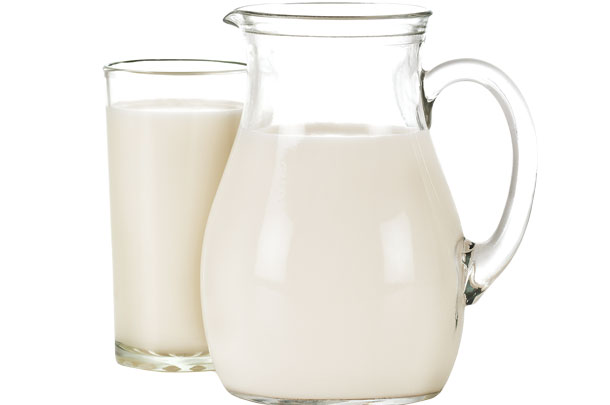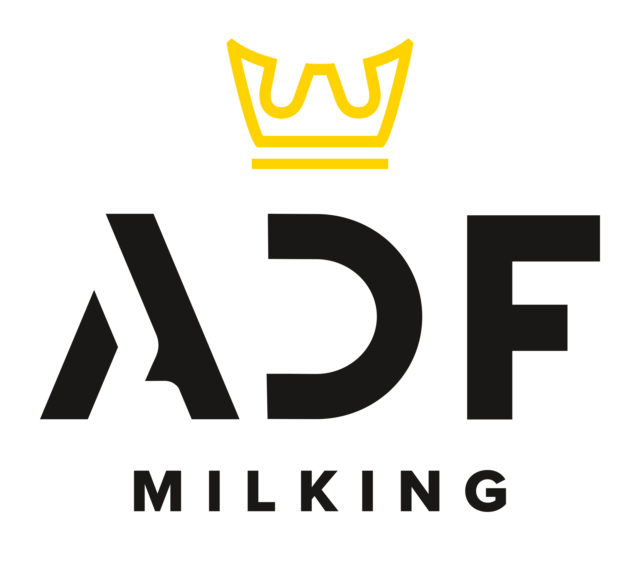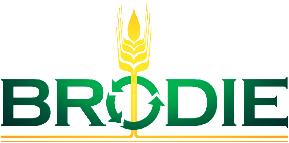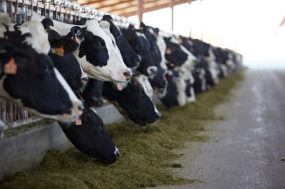For researchers, investigating this complex disease is a constant pursuit in finding new and innovative ways to battle and defeat mastitis infections and help farmers keep their cows healthy to produce high-quality milk.
Nine new research projects, announced in 2019 under the Dairy Research Cluster 3 and led by the Mastitis Network, are focused on developing new strategies and tools to prevent and treat mastitis and reduce the need for antimicrobials. Simon Dufour at the Université de Montréal and Pierre Lacasse at the Sherbrooke Research and Development Centre are the principal investigators and work in close collaboration with multidisciplinary scientific teams from across Canada. The projects are grouped under three themes – animal, pathogen and environment – and build on the advances from previous research under the Clusters 1 and 2 (2010-18).

- Under the animal theme, researchers are investigating methods to stimulate cow immunity to build resistance to mastitis and studying therapeutic alternatives and genetic selection tools. They are also exploring the development of a multipurpose vaccine that’s effective against many pathogens that cause mastitis.
- Projects in the pathogen theme are examining the defense mechanisms used by invading pathogens and developing a rapid, cost-effective and accurate test to identify mastitis pathogens and quickly identify whether they are resistant to treatment.
- The environment theme is focused on how milking frequency and milk yield variations in the weeks leading up to dry-off in robotically milked cows affect the risk of an intra-mammary infection at calving and working to develop an intervention program on the adoption of best management practices for udder health.
Results from projects financed under the Dairy Research Cluster 2 (2013-18) will have an important impact in the dairy sector. Some examples follow, including some associated knowledge transfer tools:
- Quarter-based selective dry cow therapy can be used as an on-farm management strategy, without negative effects on udder health, to reduce the use of antimicrobials at dry-off by 60% on average.
- Antibiofilm molecules produced by coagulase-negative staphylococci (CNS) were characterized and could represent a new and innovative tool to control bovine mastitis caused by staphylococci and other gram-positive mastitis pathogens.
- A positive association was found between systemic herd-level antimicrobial use and antimicrobial resistance in non-aureus staphylococci (NAS) isolated from dairy cows, with the association differing among antimicrobials.
- A benchmark was established for milking management practices that can be used on all dairy farms and highlighted opportunities for knowledge translation in mastitis prevention and milking management.
- A chitosan hydrogel infusion can prevent new intramammary infections at drying-off by stimulating mammary gland immunity. A research agreement with an option to license has been signed with a company to further develop the chitosan hydrogel technology.
More resources associated with the prevention, management, and treatment of mastitis are available on the Mastitis Network’s website. ![]()
References omitted but are available upon request. Email an editor.
Dairy Farmers of Canada (DFC) invests in research to stimulate productivity, sustainability and profitability on farms and to improve knowledge on milk and dairy products’ health benefits. DFC finances research initiatives that benefit all dairy farmers across Canada and works in collaboration with its members and other sectorial partners to address farmers’ priorities set in the dairy research and knowledge translation, and transfer national strategies. Visit dairyresearch.ca for more information.









